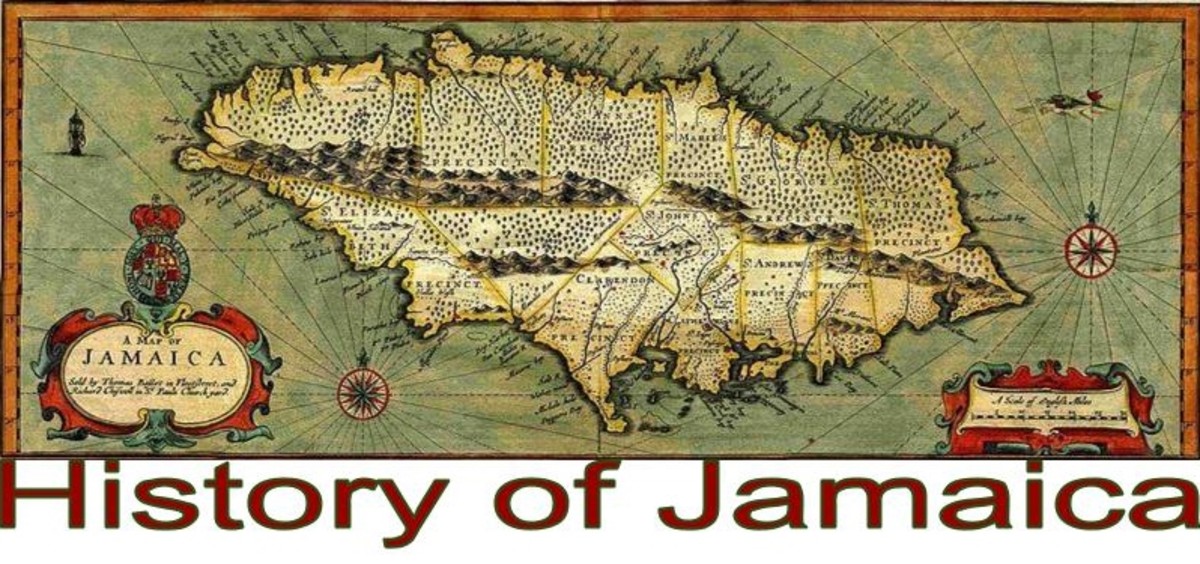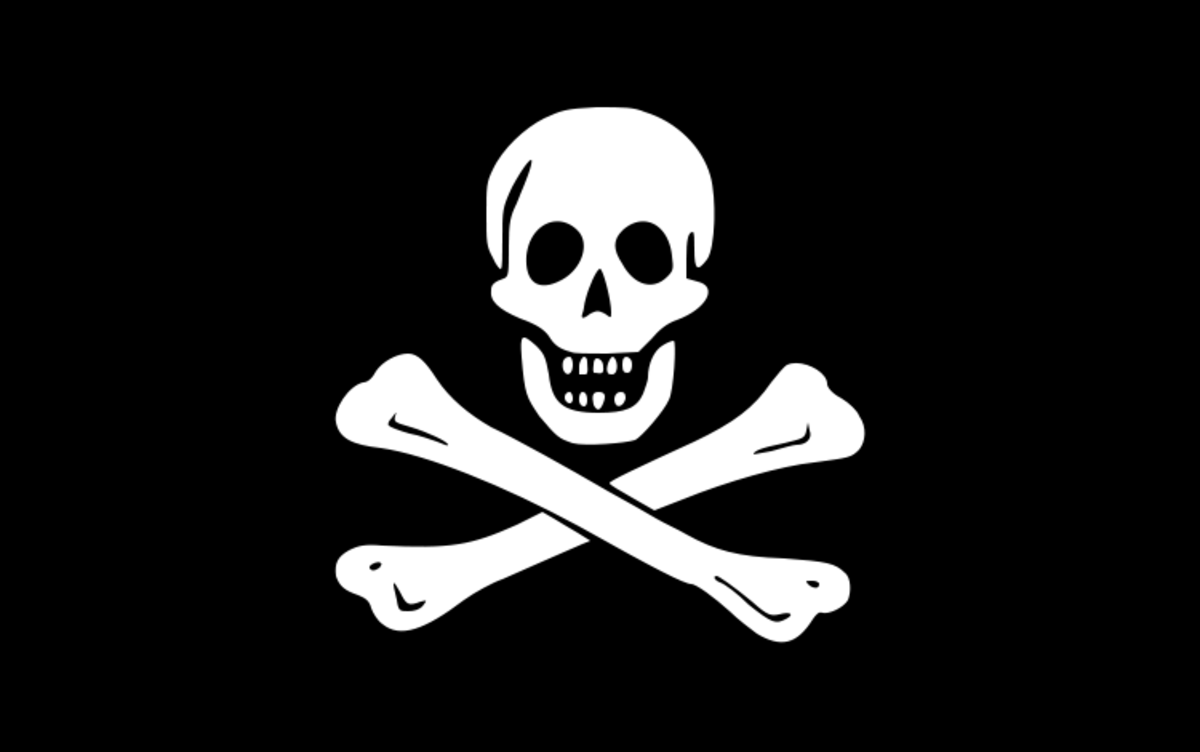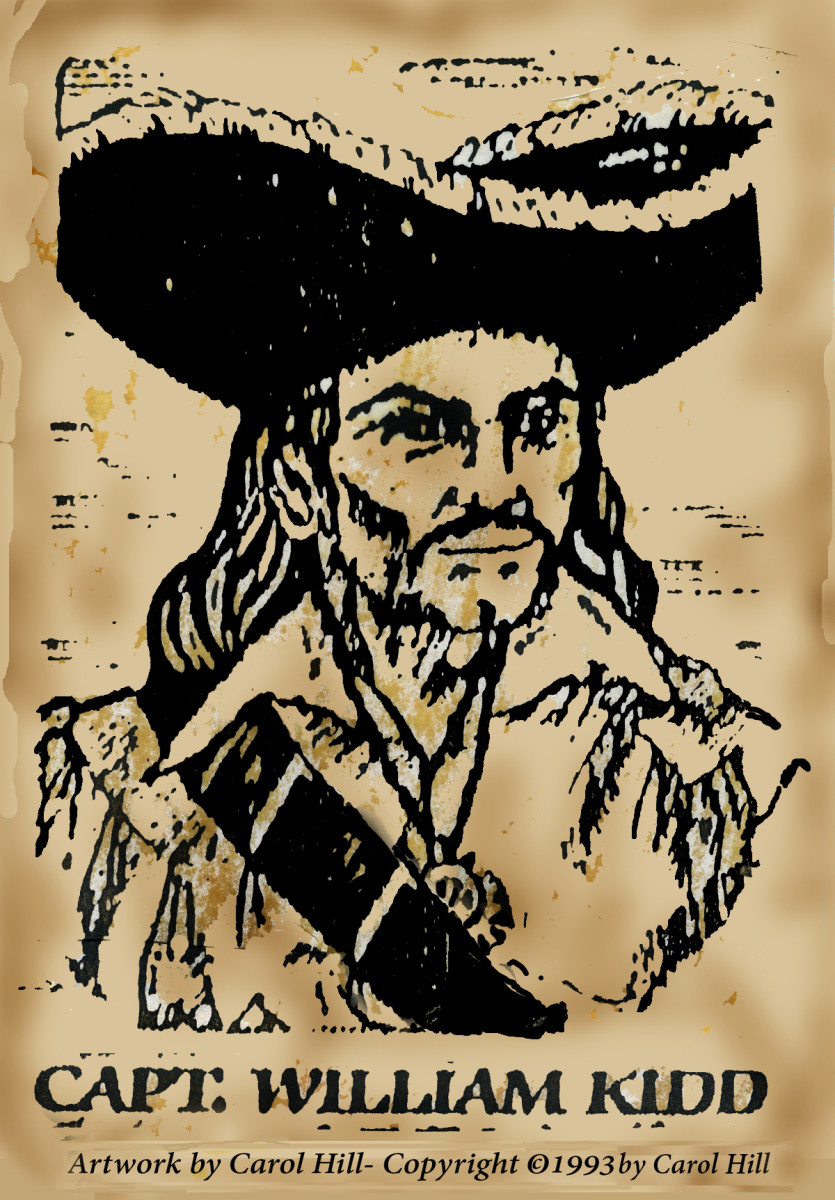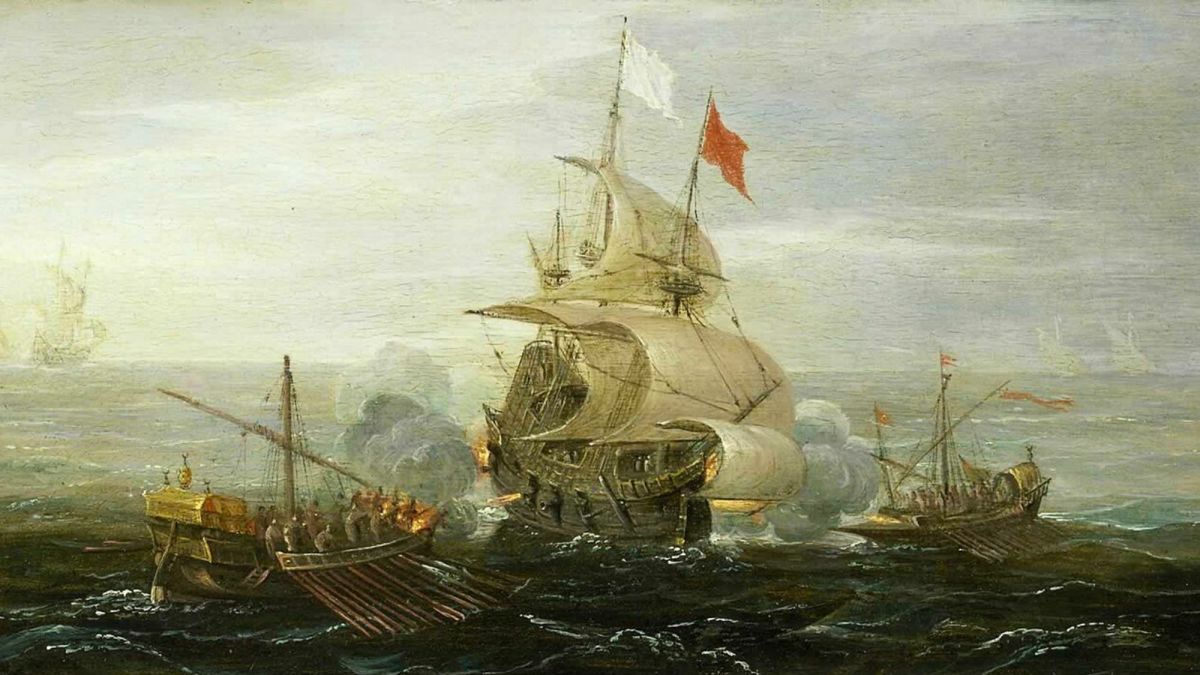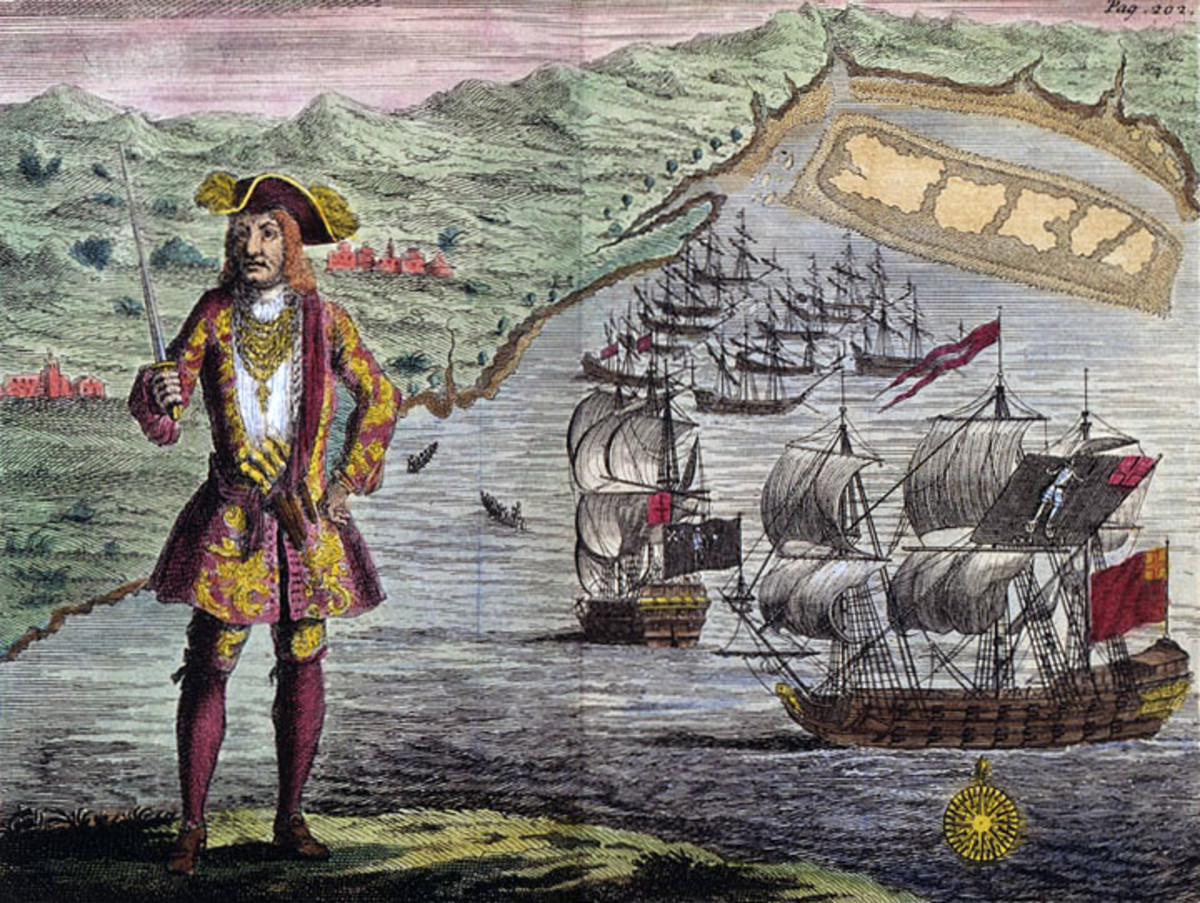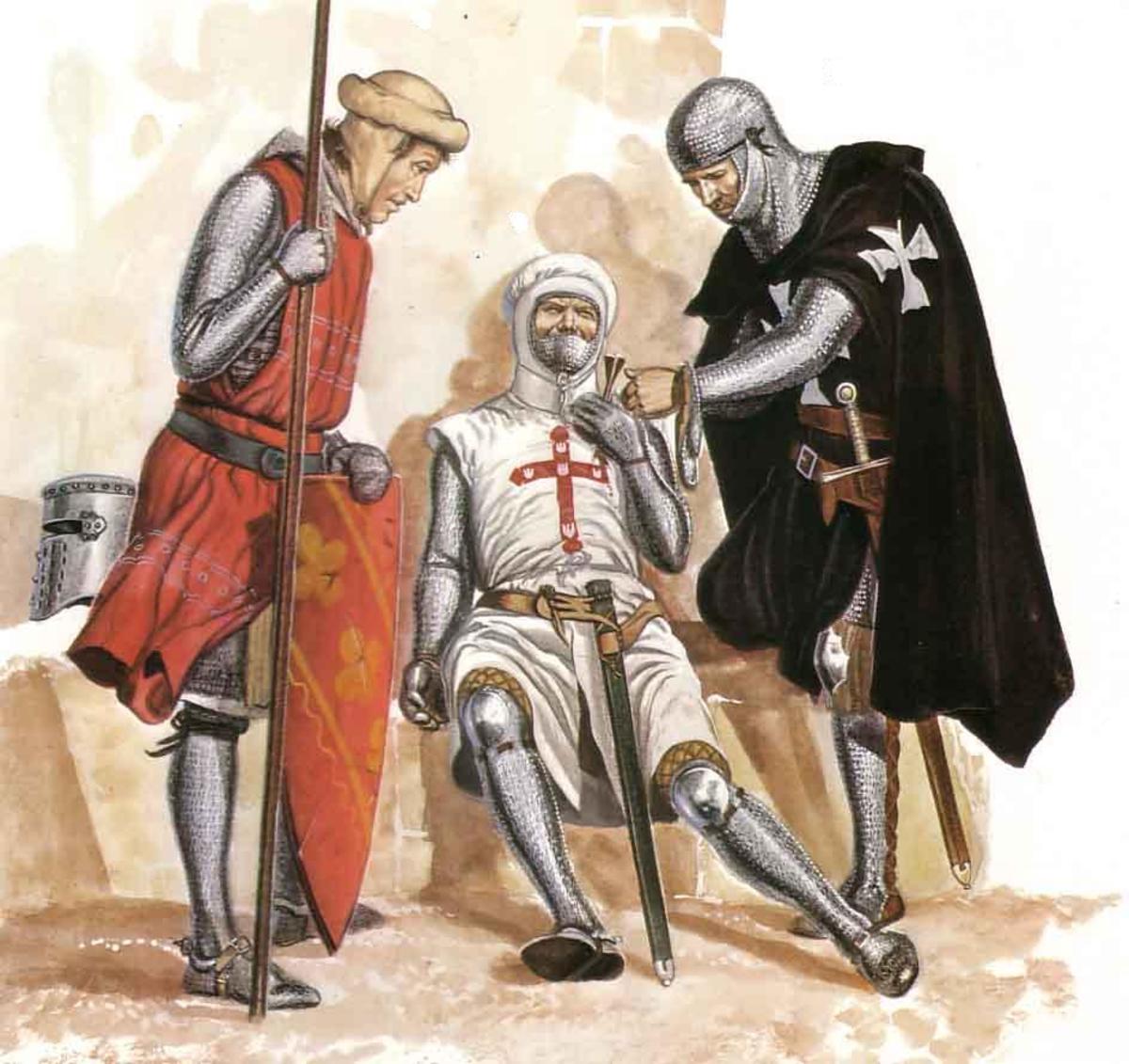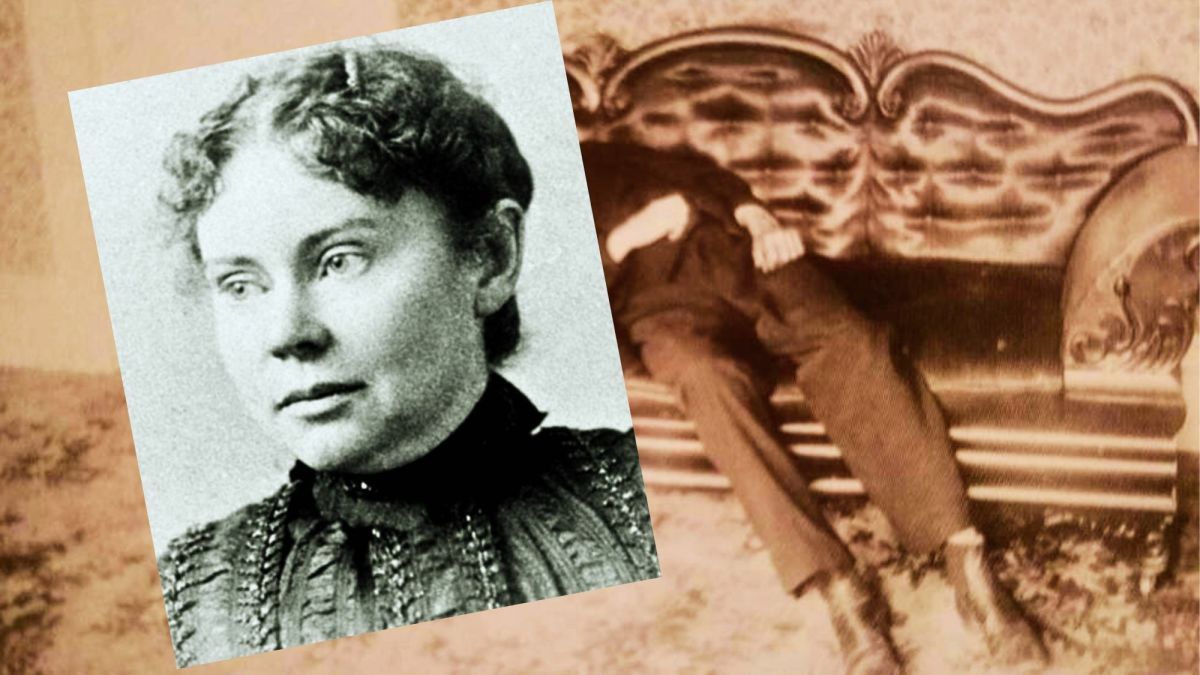Where Pirates Went on Vacation

R&R for Pirates
The pirating trade was probably quite exhausting. There are sails to be hoisted and then reefed back in when the wind gets too strong. Decks have to be scrubbed and bilges pumped.
Swashbuckling was probably tiring, as was pillaging. Understandably, pirates needed a bit of time off—swing in a hammock, drink some rum with a cute paper umbrella in the glass, read a bit of John Milton's Paradise Lost (okay, probably not that), and sharpen your cutlass.

Port Royal, Jamaica
What has come to be called the “Golden Age of Piracy” began in about 1650. Of course, it wasn't so golden if your galleon was captured by villainous buccaneers. But, if your name was Edward Teach (Blackbeard) or Bartholomew Roberts (Black Bart) it was a great time to be a pirate.
Some of these captains carried letters of marque. This was a piece of government paper that said the bearer was not a pirate but a privateer; exactly the same thing as a pirate but now considered acceptable to the issuing authority.
Ordinarily, there would be a price on a pirate's head, but around Jamaica the likes of Edward D'Oyley had their backs. He was the governor of the British colony and he invited those known as the Brethren of the Coast to use Port Royal as their headquarters.
University of Edinburgh historian Nuala Zahedieh wrote that Port Royal “had the dubious distinction of being founded entirely on the servicing of the privateers' needs and highly lucrative trade in prize commodities.”

Pirates, oops privateers, working out of Port Royal in the 17th century plundered the treasure the Spanish had previously stolen from the Aztec and Incas of South America.
The gold, silver, and precious jewels flowed through Port Royal and some of its value stuck to the fingers of those handling the treasure.
Between the 1660s–1680s, Port Royal was a debauched and bawdy community with heaps of pirate money looking for a place to be spent.
According to jamaicaportroyal.com, “Pirates, privateers, merchants, enslaved people, and prostitutes jostled in its narrow streets amid taverns and gambling houses. Taverns were so prevalent that at the peak there was reportedly one tavern for every 10 to 20 residents.”
The town of 6,500 acquired the title of “the Wickedest City on Earth,” and those with a strong moral streak thought it was well past time for god to teach the drunks and whore mongers a lesson. And, danged if that's not what happened.
Actually, it was a shift in the earth's crust, perhaps, divinely inspired, that brought an end to the festivities. On June 7, 1692, a massive earthquake hit Jamaica. Part of Port Royal disappeared into the sea and almost half the population perished.
Ile Sainte-Marie
Before the earthquake shut down the Port Royal pirate haven, the English authorities were developing a conscience about welcoming such cutthroat villains into their midst. A few pirates were finding the lack of hospitality stretched to being hanged at Gallows Point.
Perhaps, there was somewhere else that seafaring scoundrels could get blasted and enjoy the comforting embrace of a native girl. There was; it was called Ile Sainte-Marie, off the coast of Madagascar in the Indian Ocean. This is where we meet Thomas Tew.
Described as a privateer-turned-pirate, Tew opened what became known as the Pirate Round. It was a voyage from the Atlantic round the southern tip of Africa with the aim of plundering ships in the Indian Ocean. Vessels carrying silver, gold, silk, spices, and gemstones were poorly defended and easy prey to a pirate ship with a dozen cannon.
However, all that hard work of stealing valuable cargo is exhausting, so pirates and their ships needed to rest up. Captain Tew, and those that followed him, found their haven in Ile Sainte-Marie.

In 1690, the island came under the control of Adam Baldridge, who escaped from Jamaica because he faced murder charges. He had a similar disdain for law and order as Tew, William Kidd, Henry Every, and all the other seafaring robbers.
On Ile Sainte-Marie they could careen their vessels to recaulk planks and scrape barnacles off the hulls. Meanwhile, the crews could find comfort in taverns. Baldridge, and the pirates he sheltered, built a fort to defend themselves from attack.
Baldridge had an arrangement with a “businessman” in New York; the pirate treasure went to New York and ammunition, tools, rum, and all the other items the pirates needed went the other way. As middleman, Baldridge charged fees in the transactions and is said to have become very wealthy.
He also engaged in the slave trade but he made the mistake of trying to capture and sell Africans living on the island. They rose up against him, destroyed the castle he had built and his warehouses, and forced him to flee his tropical paradise in 1697. The scurrilous Baldridge then vanished completely from the pages of history.
The departure of the merchant meant the supply chain for the pirates was closed. Also, European governments were developing more of a taste for the rule of law and began cracking down on the buccaneers.
The Golden Age of Piracy was coming to an end and many of Ile Sainte-Marie's pirates accepted clemency deals and settled down on the island.
All that remains is a cemetery in which several pirates are buried. One marker claims to be the final resting place for William Kidd, but it isn't. He was caught, tried for murder and piracy, found guilty, and hanged in London, England, where he was buried in 1701. It's said that Kidd buried some of his vast treasure on Ile Sainte-Marie—of course it is.

Bonus Factoids
- Henry Morgan was born in Wales in 1635 and went to Jamaica to seek his fortune. A charismatic lad, he soon acquired government commissions to take on the Spanish. As with many in the privateer trade, he crossed over into piracy and back to privateering to suit the situation. He was so successful in attacking the Spanish that King Charles II knighted him and made him the lieutenant governor of Jamaica. From pirate to chief honcho of a colony marks how attitudes changed about the men who roamed the oceans in search of plunder. Today, Morgan is immortalized by a rum brand that uses his name.
- By the early 1700s, Port Royal had become hostile territory for pirates and many of the brethren were captured and hanged at the aptly named Gallows Point.
- September 19 is Talk Like a Pirate Day. More accurately, it's Talk Like a Disney Pirate Day. The gravelly speech pattern with a west country English accent was created by the actor Robert Newton while playing the role of Long John Silver in Disney's 1950 film Treasure Island.

- “Pirates of Port Royal, Jamaica: A Pirate's Haven.” jamaicaportroyal.com, undated.
- “Thomas Tew, the Rhode Island Pirate.” Rebecca Dickinson, currentwave.org, May 20, 2016.
- “The Pirate Cemetery.” SamM, Atlas Obscura, November 23, 2015.
- “The Pirate Island of Île Sainte Marie.” Kaushik Patowary, amusingplanet.com, August 2, 2016.
- “Sir Henry Morgan: Buccaneer Admiral Turned Governor.” jamaicaportroyal.com, undated.
This content is accurate and true to the best of the author’s knowledge and is not meant to substitute for formal and individualized advice from a qualified professional.
© 2025 Rupert Taylor

